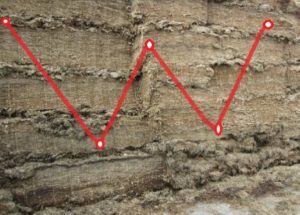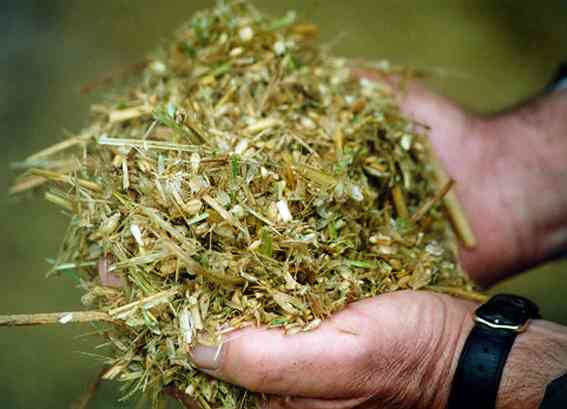Silage Sampling – Taking A Representative Sample
30 September 2019Poor sampling technique is one of the main causes of unreliable silage analysis results. It is important to take a representative sample of the silage which will be fed to stock. This ensures the results are reliable and accurate, in order to ration livestock as effectively as possible.
- Silage sampling should take place 6 weeks after ensiling
- Ideally use a long core sampler. Sample a number of points on or between diagonals on the surface of the pit (see diagram A). Discard the first few cms of each core.
- If sampling an open pit, take 9 – 15 samples in a ‘W’ pattern across the face of the pit (see diagram B). Do not sample off the face (this may be wetter or drier depending on rain or sunshine than the silage you will be feeding). Dig into the silage approx. 15 cm.
- Thoroughly mix your 9 – 15 samples and send around 0.5 kg for analysis.
- Pack silage samples as tightly as possible excluding air and sealing well.
- Store in a fridge (not a freezer) until posted to the laboratory and try to avoid posting on a Friday as the sample may deteriorate.
- Be sure to include as much detail on the analysis form – date, cut length and maturity, type e.g. whole crop, stock class, farm details, additives and preservation method.
- Send to an FAA approved lab, you can find out which are approved at faagroup.co.uk
- Avoid areas of spoil and deterioration (this will give an unreliable result and shouldn’t be fed).
- When sampling bale silage ensure that samples are taken from at least 5 bales in the batch (depending on size of the bale pile/batch). Avoid clambering on top of bales, particularly in wet conditions when the risk of slipping and falling is greatest.
- It is advisable to sample regularly (ideally every month) as you move through the silage pit to ensure stock are being fed correctly.
Sarah Balfour, sarah.balfour@sac.co.uk
Sign up to the FAS newsletter
Receive updates on news, events and publications from Scotland’s Farm Advisory Service



